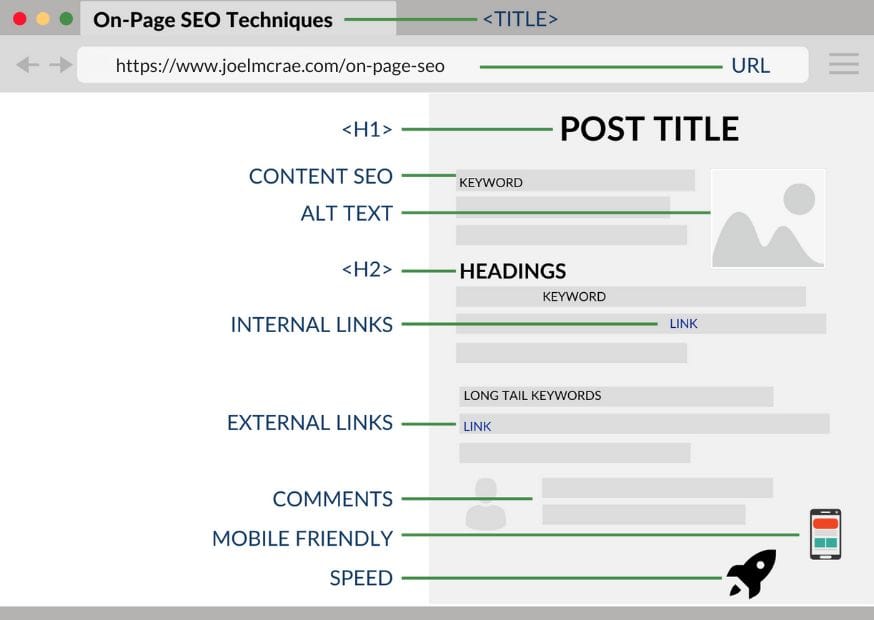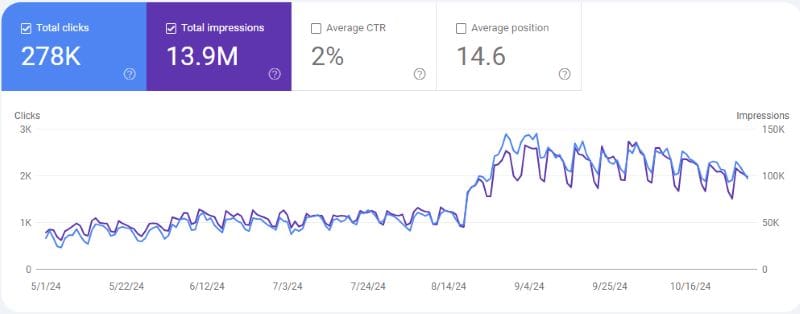
Writing a blog post is one thing. Getting it to rank is something else entirely.
If you’ve ever poured time into a post only to see it collect digital dust, you’re not alone. Ranking in search results isn’t about luck. It’s about strategy.
And the good news? You don’t need to be an SEO wizard to get it right. You just need to know what search engines look for and how to create content that helps your readers, not just your rankings.
In this guide, I’ll break down the basics of SEO article writing and give you practical ways to write content that’s both useful and findable.
What SEO writing really means
SEO writing isn’t about stuffing your post with keywords or trying to outsmart Google’s algorithm. It’s about creating content that people want and structuring it in a way that helps search engines understand it.
Your goal isn’t just to “rank.”
Your goal is to answer questions, solve problems, and earn clicks from the right people.
SEO just makes sure those people actually find you.
Why it matters and what you gain:
Whether you’re running a local business, building a personal brand, or just trying to grow traffic to your site, SEO blog content is one of the most sustainable ways to get found online.
Free traffic: People find you without needing to pay for ads.
Higher authority: Showing up in search gives you instant credibility.
Better leads: Good content attracts people already looking for what you offer.
Blog content is the engine behind all of that.
Start with smart keyword research

Before you write anything, you need to know what your audience is actually searching for. That’s where keyword research comes in.
The key here isn’t chasing massive volume keywords. It’s finding specific, intent-driven search terms that match what your content delivers.
How to do it:
Start broad: Write down a few topics your post will cover.
Use tools: Try Ubersuggest, Keywords Everywhere, Ahref’s Keyword Generator, or Google Keyword Planner.
Check the SERPs: Look at autocomplete suggestions and the “People Also Ask” box for ideas.
Find the gaps: Look at what your competitors are ranking for and where they’re falling short.
Quick pro tip:
Focus on long-tail keywords. These are more specific (e.g. “seo tips for local restaurants”) and usually come with lower competition and clearer intent. They’re also easier to rank for, especially if your site is still growing.
Write headlines that earn the click

A great headline doesn’t just include your keyword; it gets attention, sets expectations, and gives people a reason to click.
Think of it as the first impression your blog makes. You don’t need to be overly clever, just clear and helpful.
How to make it work:
Front-load the keyword when possible (e.g. “SEO for…”).
Keep it under 60 characters to avoid getting cut off in search results.
Use natural phrasing: something a real person might type or say.
Test different styles: questions, how-tos, listicles, or direct benefit statements.
You can also use tools like CoSchedule’s Headline Analyzer or OptinMonster’s Headline Analyzer tools if you want help refining your title structure.
On-page SEO: Structure your posts for humans (and Google)

Great content gets skimmed before it gets read. That’s why structure is everything. Break up your writing, use clear headers, and make it easy for someone to find what they’re looking for fast.
Best practices:
Use heading tags properly (H1 for title, H2s for major sections, H3s for sub-points).
Short paragraphs only. Aim for 2–4 lines max.
Use bullet points or numbered lists where it makes sense.
Add transition words to guide the reader through your points (words like “meanwhile,” “in comparison,” “next”).
Meta description: Write a short sentence (under 160 characters) that describes the post and encourages clicks.
URL: Keep it short and relevant (e.g.
yourdomain.com/blog-seo-tips).Image alt text: Describe each image clearly and include keywords where relevant.
Keyword usage: Sprinkle in related terms naturally, especially in headings and intro paragraphs.
Bonus: Properly structured content also makes it easier for Google to generate featured snippets from your post.
Content quality still wins
No amount of optimization will save bad content.
At the end of the day, your blog post needs to be genuinely helpful.
Not just SEO-friendly, but user-friendly.
Tips to keep content strong:
Be original: Avoid repeating what everyone else is saying. Add your take.
Stay relevant: Don’t chase keywords that don’t align with what you offer.
Use examples: Show how something works, not just tell.
Add value early: Don’t bury the good stuff at the bottom of your post.
And if you’re aiming for a longer post (1,500+ words), make sure that length is earned. Break it up with visuals or examples to keep readers engaged.
Improve the reader experience
Google’s watching how people interact with your content. If they bounce quickly or can’t find what they need, your rankings will reflect that.
What to watch for:
-
Mobile-friendliness: Your site should be easy to read and scroll on any screen.
-
Page speed: Compress images, enable caching, and use a fast theme.
-
Layout: Keep it clean. Use white space. Avoid giant text blocks.
-
Internal links: Guide readers to other helpful content on your site.
Good UX = better rankings + more time on site.
Promote your blog post the right way

Once your post is live, your job isn’t done.
Promotion is what helps that content get seen and shared.
Promotion checklist:
Post on social: Share the blog on LinkedIn, X (Twitter), Instagram, and wherever your audience hangs out.
Email your list: A short teaser with a link to the full post can drive qualified traffic.
Repurpose: Turn your main points into a carousel, short video, or tweet thread.
Link back to it: From future blog posts, services pages, or any relevant internal content.
Do light outreach: Mention or tag anyone you referenced in the post and let them know—it could lead to a backlink or reshare.
Don’t sleep on this step. Google loves content that’s getting traffic and engagement signals.
Track performance & update it later

After a few weeks, check back in and see how your post is doing. Use Google Search Console to track impressions and keywords.
If something’s gaining traction, double down. If not, update the post.
Key metrics to watch
- Organic clicks: Measure the number of visitors coming from search engines.
- Bounce rate: Track the percentage of visitors who leave your site after viewing only one page.
- Average time on page: Monitor how long visitors stay on your pages.
- Keyword rankings: Keep an eye on how your articles rank for target keywords.
- Backlinks: Track the number and quality of backlinks pointing to your articles.
Tools for monitoring SEO performance
- Google Analytics: Provides insights into traffic, user behavior, and conversions.
- Google Search Console: Offers data on search performance, including clicks, impressions, and average position.
- Ahrefs/Semrush: Comprehensive SEO tools for tracking keyword rankings, backlinks, and competitive analysis.
SEO is never one-and-done. Updating content is part of the long game.
Final thoughts
SEO writing isn’t about checking boxes; it’s about helping people find what they need.
When your content is structured, clear, and written with purpose, you’re not just improving rankings, you’re building trust and long-term value.
Write for humans, format for Google, and always aim to provide something better than what’s already out there.
The rankings will follow.
Let’s grow your traffic together
Have an SEO question or need help with a project? Whether you’re a small business or a national brand, I’ll help you rank higher and convert more.
